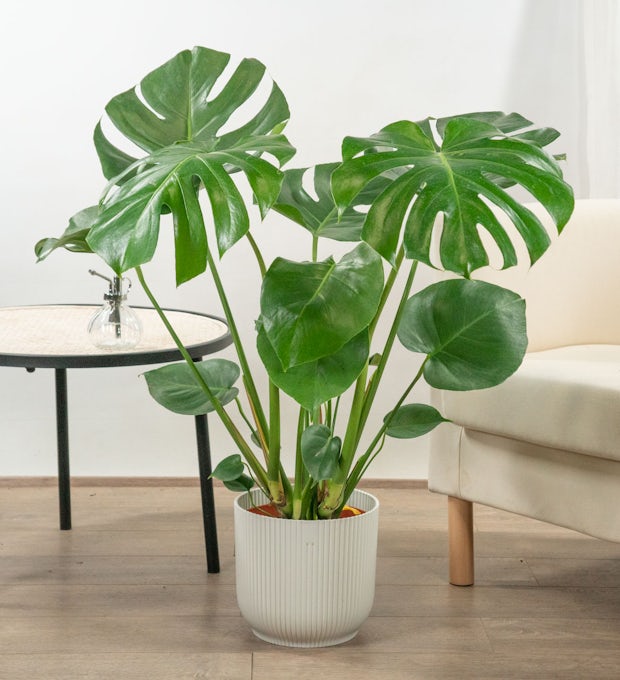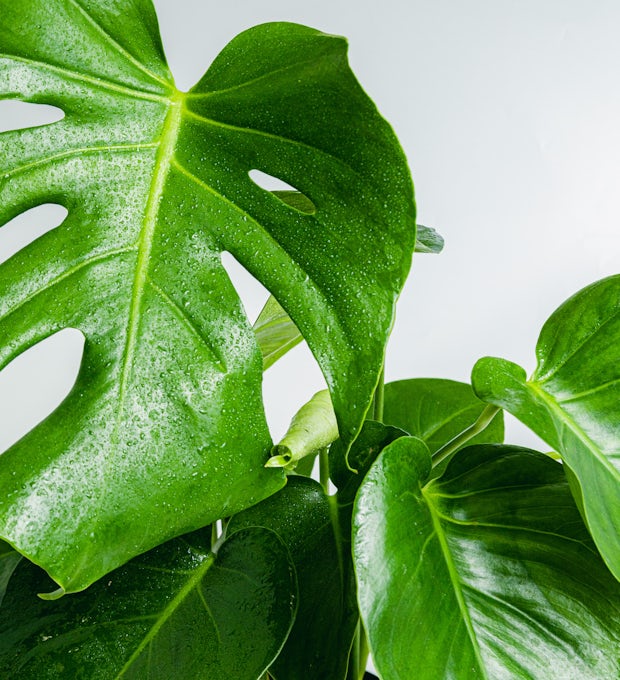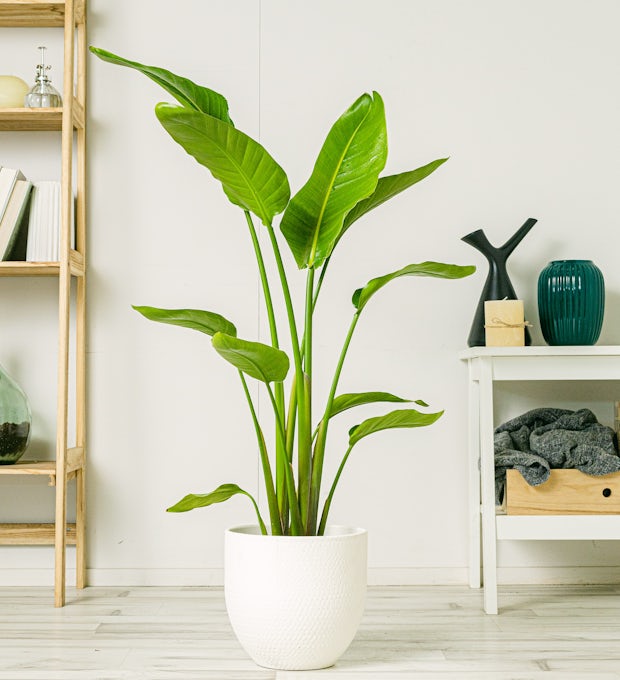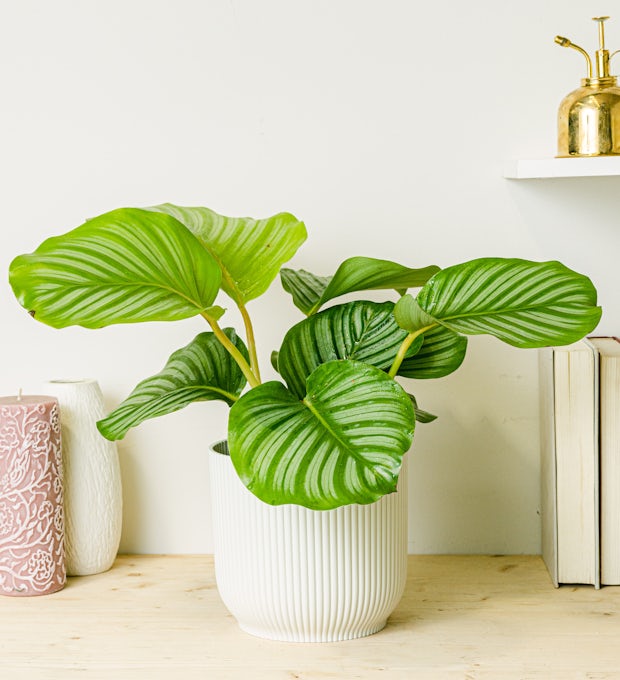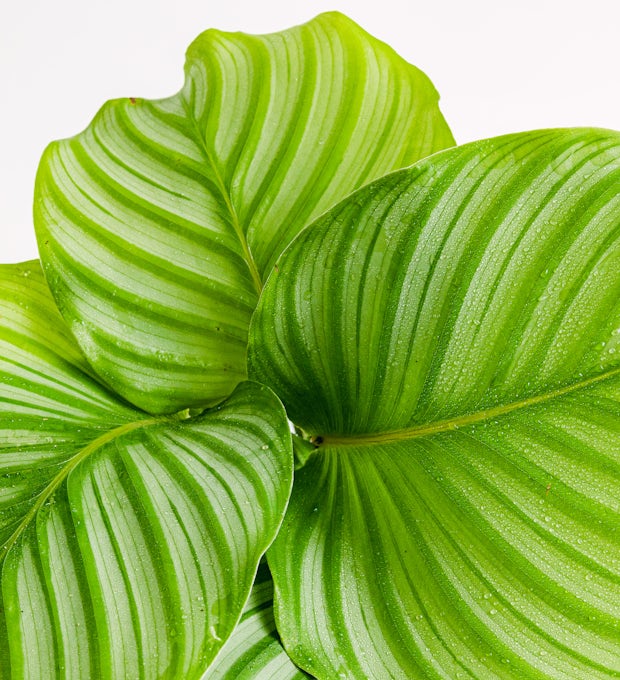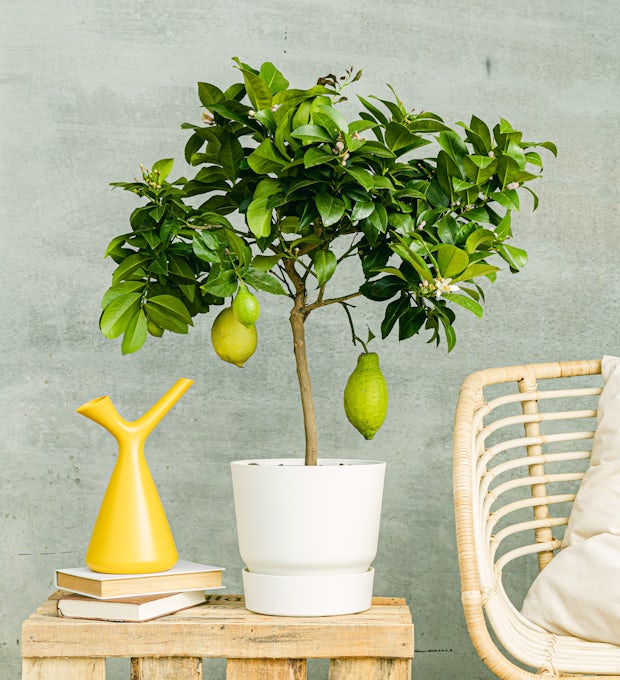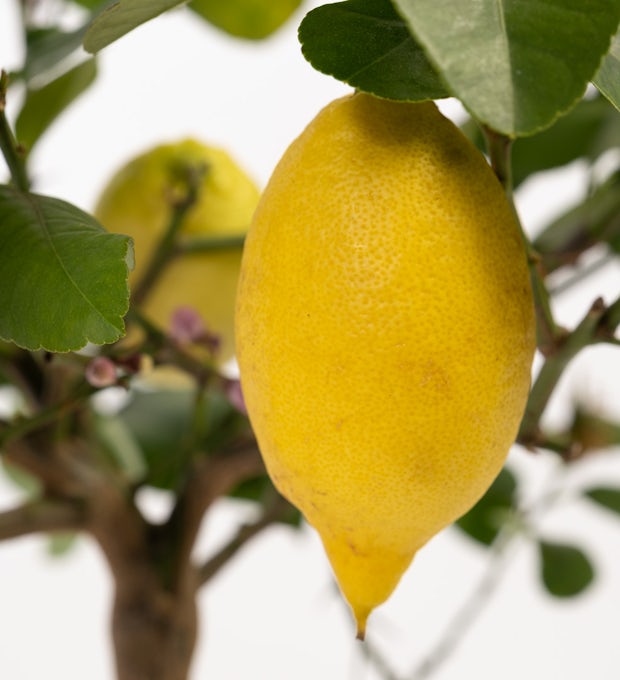Houseplants are a great way to decorate our homes and add a touch of freshness and life to any space. However, not all plants thrive in environments with little natural light. Fortunately, there are shade-hardy plant options that can survive and thrive indoors without the need for direct sunlight. In this article, we'll explore the essential care we need to provide for our sunless houseplants to keep them healthy and happy. From choosing the right substrate to creative techniques for simulating sunlight, we'll discover how to maintain balance in the absence of natural light.
Shade-Hardy Plants: An Indoor Option
Shade-hardy plants are a great choice for decorating interiors that lack direct sunlight. These plants have evolved to survive in low-light conditions and are able to make the most of the lighting available indoors. Some of the most popular and easy-to-care plants indoors without sunless include Boston fern, sansevieria, philodendron, spider plant, and maranta. Not only do these plants add a natural, green touch to any space, but they also help improve air quality by absorbing carbon dioxide and releasing oxygen. Additionally, many of these shade-hardy plants are known for their air-purifying properties, making them an ideal choice for those who want to create a healthy environment in their home or office. When choosing shade-hardy plants, it's important to consider the specific needs of each species, such as proper watering and the type of substrate needed. With proper care, these plants can thrive indoors without sun and bring beauty and freshness to any space.
The Importance of Proper Lighting
The Importance of Proper Lighting
Proper lighting is critical for the growth and development of sunless houseplants. Although these plants are shade hardy, they need to receive a sufficient amount of light to photosynthesize and stay healthy. Lack of direct sunlight can lead to weak growth and a discolored appearance on plants.
It's important to note that not all lights are suitable for houseplants. Plants need full-spectrum light, which includes both red and blue light. Red light promotes vegetative growth, while blue light stimulates flowering and fruiting.
A popular option for providing adequate lighting for sunless houseplants is to use special LED or fluorescent plant lights. These lights emit the full spectrum needed for healthy plant growth. In addition, the intensity and exposure time can be easily adjusted according to the specific needs of each plant.
It is important to place the lights at an appropriate distance from the plants to avoid burns or heat damage. It is also advisable to move the plants regularly to ensure that all parts receive an even amount of light.
In short, proper lighting is essential for successful sunless houseplant care. Providing them with the right amount of light and the full spectrum needed will ensure their healthy growth and vibrant appearance in the absence of direct sunlight.
We ship plants to all locations, you can see more options here.
Watering and humidity: key to success
Watering and humidity are key factors for the success of houseplants that don't get direct sunlight. It's important to note that each plant has specific water and moisture needs, so it's essential to be aware of them to avoid problems such as oversaturation or lack of water. In general, indoor plants without sun require less water than those that do, as their photosynthesis process is less intense. Therefore, it is advisable to water them sparingly and wait for the substrate to dry slightly before doing it again. Additionally, it is important not to leave standing water in dishes or pots, as this can lead to disease or root rot. As for humidity, many tropical plants need moist environments to thrive, so it's advisable to mist their leaves with water regularly or place a humidifier near them. Multiple plants can also be grouped together to create a more humid microclimate. In short, maintaining a proper balance between watering and humidity is critical to the success of sunless houseplants and can make the difference between a healthy, vibrant plant and a weak, sickly one.
We ship plants to all locations, you can see more options here.
Choosing the ideal substrate for sunless houseplants
Choosing the ideal substrate for sunless houseplants is essential to ensure proper growth and development. In these types of conditions, it is important to select a substrate that provides the necessary nutrients and retains adequate moisture. Opting for a substrate rich in organic matter, such as peat moss or compost, can be beneficial for houseplants that don't get direct sunlight. These substrates help retain moisture, preventing the roots from drying out quickly. In addition, they provide the necessary nutrients for the proper development of plants in the absence of sunlight. It is advisable to avoid heavy or compacted substrates, as they can hinder drainage and cause water to accumulate in the roots, which can be harmful to the plants. It is also important to make sure that the substrate is well aerated to allow oxygen to circulate to the roots. To do this, perlite or vermiculite can be added to the substrate, which will improve its structure and facilitate drainage. In summary, choosing the right substrate is essential for maintaining the health and growth of sunless houseplants, ensuring that they receive the necessary nutrients and that their roots are well hydrated.
How to Properly Fertilize Low-Light Houseplants
Proper fertilization is essential for the healthy growth of houseplants that are in areas with low light. Although these plants need fewer nutrients than those exposed to direct sun, they still require a balanced diet to thrive. When choosing a low-light houseplant fertilizer, it's important to opt for a slow-release one. This will allow nutrients to be released gradually, providing a steady supply over time. In addition, it is advisable to use a specific fertilizer for indoor plants, as they usually contain the necessary nutrients in appropriate proportions. It is important to follow the manufacturer's instructions and not exceed the amount of fertilizer applied, as this can cause damage to the plants. In general, it is recommended to fertilize low-light houseplants about once a month during the active growing season. However, it is important to note that each plant has its own specific needs, so it is advisable to research the particular requirements of each species before fertilizing. With proper fertilization, low-light houseplants will be able to get the nutrients they need to stay healthy and vibrant despite the lack of direct sun exposure.
Pruning and maintenance: maintaining balance in the absence of sun
In the absence of sunlight, proper pruning and maintenance are crucial to maintaining the balance of houseplants. regular pruning is important to prevent dead or diseased branches and leaves from affecting the overall health of the plant. In addition, pruning also helps to maintain the desired shape and size of the plant. It is advisable to use clean and sharp tools to avoid damaging the plant during pruning. It's also important to note that some plants may be more sensitive to pruning than others, so it's important to research the specific needs of each type of plant before making any type of cutting.
Proper maintenance also includes regular leaf cleaning and removing any insects or pests that may affect the plant. It is advisable to use natural solutions to eliminate any pests, as chemicals can be harmful to plants and the people around them.
In addition, it is important to provide plants with a suitable environment for their growth and development. This may include using humidifiers or sprinklers to increase the humidity of the air in dry interiors. It is also recommended to avoid placing the plants near heat sources or cold drafts, as this can affect their growth.
In short, maintaining balance in the absence of sun requires a combination of proper pruning, regular cleaning, and environmental maintenance. By following these tips, you can help ensure that houseplants thrive even in low sunlight conditions.
Creative Solutions: Tricks for Simulating Sunlight Indoors
When it comes to houseplants, a lack of sunlight can be a problem. However, there are creative solutions that can help simulate sunlight indoors. One option is to use full-spectrum LED lights, which mimic sunlight and provide adequate lighting for houseplants. Another alternative is to use grow lights that emit red and blue light, which helps plants photosynthesize. Additionally, placing mirrors strategically around the plant can reflect natural light and increase the amount of light it receives. Another option is to use translucent curtains instead of blackout curtains to let in more natural light. Reflective paints can also be used on the walls to increase the amount of light reflecting back into the space. A simple solution is to move the plants to different places in the room to take advantage of any rays of sunlight coming in through the windows. In short, there are several creative options for simulating sunlight indoors and keeping our houseplants healthy and happy.
In short, caring for sunless houseplants can be challenging, but it's not impossible. By knowing the right species for shade and paying attention to lighting, watering, and substrate, we can enjoy beautiful plants in our home. Additionally, it is important to remember that plants not only improve the aesthetics of our indoor spaces, but also contribute to our mental and physical health. Watching their growth and care helps us connect with nature and reduce stress. Therefore, it is worth putting in the time and effort to keep our houseplants healthy. As a final thought, we can consider how our daily actions affect the environment and how we can contribute to a more sustainable world through the responsible cultivation of plants in our homes
